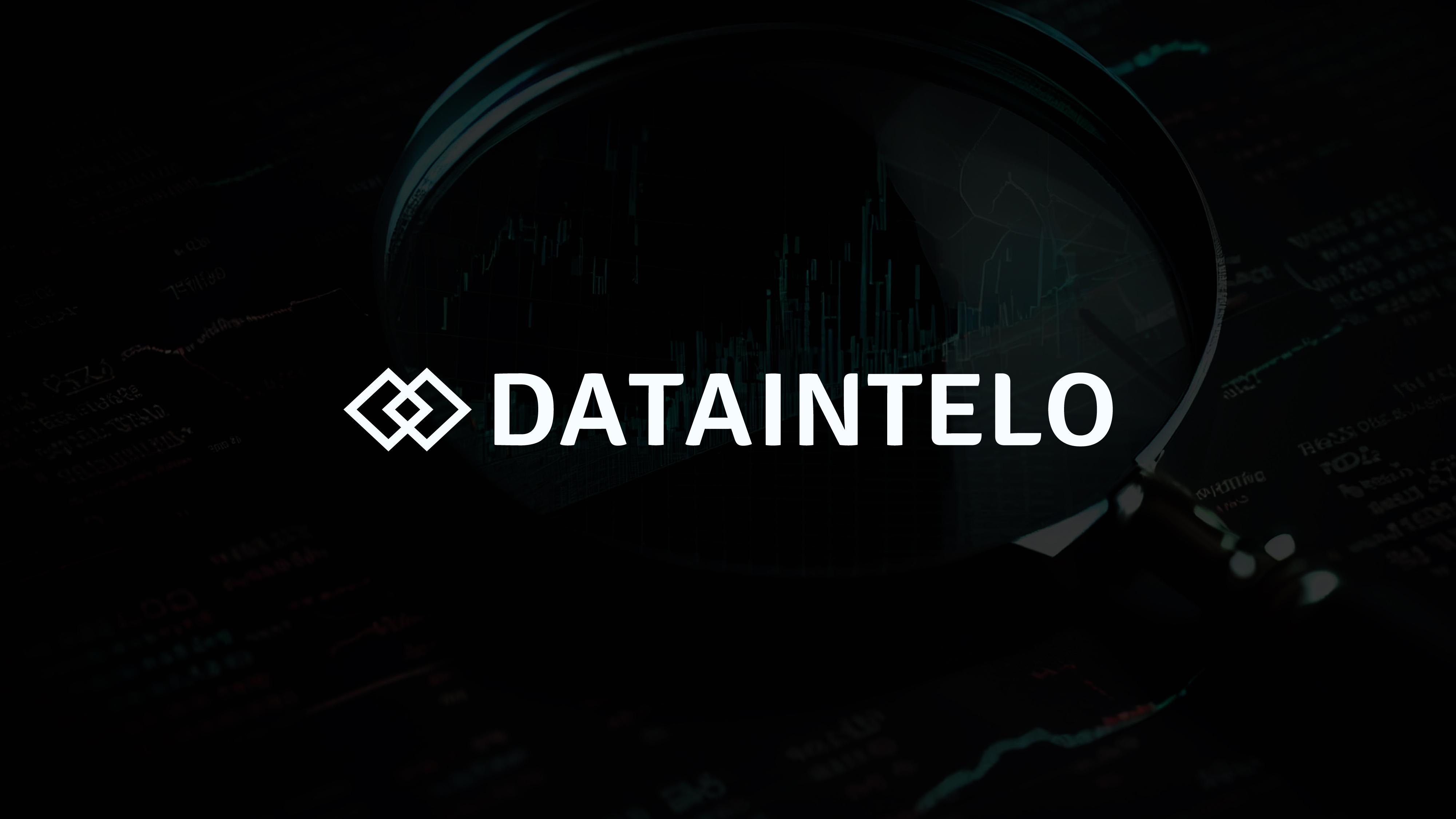The Barbie Doll Market is experiencing steady growth worldwide, driven by evolving consumer preferences, rising awareness about inclusivity in toys, and an expanding base of collectors. With product innovation aligning more closely with modern values and gender-neutral play, the market has diversified across various age groups and demographics.
Barbie dolls, once seen primarily as traditional toys, have now evolved into cultural icons that reflect global social trends, including body positivity, diversity, and career representation. This strategic shift has opened up opportunities for significant market expansion, both in developed and emerging economies.
According to Dataintelo's latest report, the Barbie Doll Market is anticipated to grow at a CAGR of 6.1% between 2023 and 2032, surpassing a global valuation of USD 5.8 billion by the end of the forecast period.
Request a Sample Report:
https://dataintelo.com/request-sample/263941
Key Market Drivers
Several factors are fueling the upward trajectory of the Barbie Doll Market:
-
Demand for Representation: Parents and children alike seek toys that reflect diverse ethnicities, body types, and professions, expanding market reach beyond traditional demographics.
-
Digital Integration: Augmented reality features, mobile apps, and interactive accessories have modernized the Barbie experience for the tech-savvy generation.
-
Collectible Culture: A growing community of adult collectors is driving demand for limited edition and themed Barbie dolls.
These elements are helping manufacturers tap into both nostalgic and forward-thinking consumers globally.
Market Restraints
While the market outlook is optimistic, it is not without challenges:
-
Changing Toy Preferences: Increased screen time and digital entertainment options are diverting attention from traditional toys.
-
Environmental Concerns: As consumers demand more sustainable products, plastic-based toys like Barbie dolls are under scrutiny.
-
Price Sensitivity: In some regions, premium-priced dolls may not be accessible to all consumers, limiting widespread adoption.
Despite these concerns, efforts to address environmental and affordability issues are underway across the value chain.
View Full Report:
https://dataintelo.com/report/global-barbie-doll-market
Opportunities on the Horizon
There are several areas poised to offer significant growth potential:
-
Eco-friendly Barbie Lines: There is rising interest in biodegradable materials and recycled packaging.
-
STEM-themed Dolls: Educational dolls promoting science, technology, engineering, and math are gaining traction with both parents and educators.
-
Customization Platforms: Tools that allow users to design their own Barbie dolls are opening new revenue streams and increasing user engagement.
These trends reflect the market's adaptability to social change and innovation.
Regional Outlook
The Barbie Doll Market shows varied growth patterns across regions:
-
North America: Strongest demand, driven by brand heritage, innovation, and a vibrant collector market.
-
Europe: Emphasis on diversity and eco-consciousness is driving steady growth in Western Europe.
-
Asia-Pacific: A booming middle class, digital adoption, and exposure to Western media are fostering market expansion.
-
Latin America & Middle East/Africa: These regions are emerging growth frontiers, fueled by rising disposable incomes and aspirational consumer trends.
Check Out the Report:
https://dataintelo.com/checkout/263941
Market Segmentation
To better understand market dynamics, the Barbie Doll Market can be segmented by:
-
Age Group:
-
Kids (3–12 years)
-
Teens and Adults (Collectors and Enthusiasts)
-
-
Product Type:
-
Classic Barbie Dolls
-
Fashion-Themed
-
Career Dolls
-
Custom/Personalized Editions
-
-
Distribution Channel:
-
Online Retail
-
Supermarkets/Hypermarkets
-
Toy Stores
-
Specialty Stores
-
This segmentation allows manufacturers and distributors to tailor strategies based on consumer behavior and regional preferences.
Consumer Behavior Trends
Evolving consumer behavior is shaping the landscape of the Barbie Doll Market in several ways:
-
Gender-Neutral Play: Toys are increasingly being marketed in a gender-inclusive manner, reflecting a shift in social norms.
-
Experience Over Product: Consumers value stories and experiences, prompting brands to integrate Barbie dolls with storytelling and digital content.
-
Global Influence: Social media and global pop culture are influencing local demand, especially among the younger demographic.
These trends underline the necessity of agile marketing and product development strategies.
Forecast and Market Dynamics
Dataintelo forecasts that:
-
The global Barbie Doll Market will reach over USD 5.8 billion by 2032.
-
Electric sales channels, especially e-commerce, will account for nearly 40% of all Barbie doll sales by the end of the forecast period.
-
The fastest-growing segment will be STEM and career-themed dolls, with an annual growth rate of 7.2%.
The combination of emotional appeal, brand evolution, and alignment with progressive values continues to boost the market outlook.
Strategic Recommendations
For stakeholders seeking to capitalize on this growing market, key strategies include:
-
Invest in Sustainable Design: Transition to recyclable or biodegradable materials to appeal to eco-conscious buyers.
-
Expand Digital Integration: Incorporate QR codes, AR features, and companion apps to enhance interactivity.
-
Localized Marketing: Customize doll features, attire, and backstories to resonate with regional cultures and aspirations.
Adopting these strategies will ensure stronger brand loyalty, improved customer satisfaction, and long-term profitability.
Conclusion
The Barbie Doll Market is far from a static segment—it has proven resilient, adaptive, and increasingly relevant in today's fast-changing cultural landscape. With a rising emphasis on inclusivity, sustainability, and tech integration, Barbie dolls are no longer just toys but platforms for education, empowerment, and storytelling.
As per Dataintelo's in-depth research, continued innovation, market expansion into emerging economies, and digital transformation will define the next decade of this market. Stakeholders who align with these shifts are set to reap long-term benefits in both revenue and brand equity.

